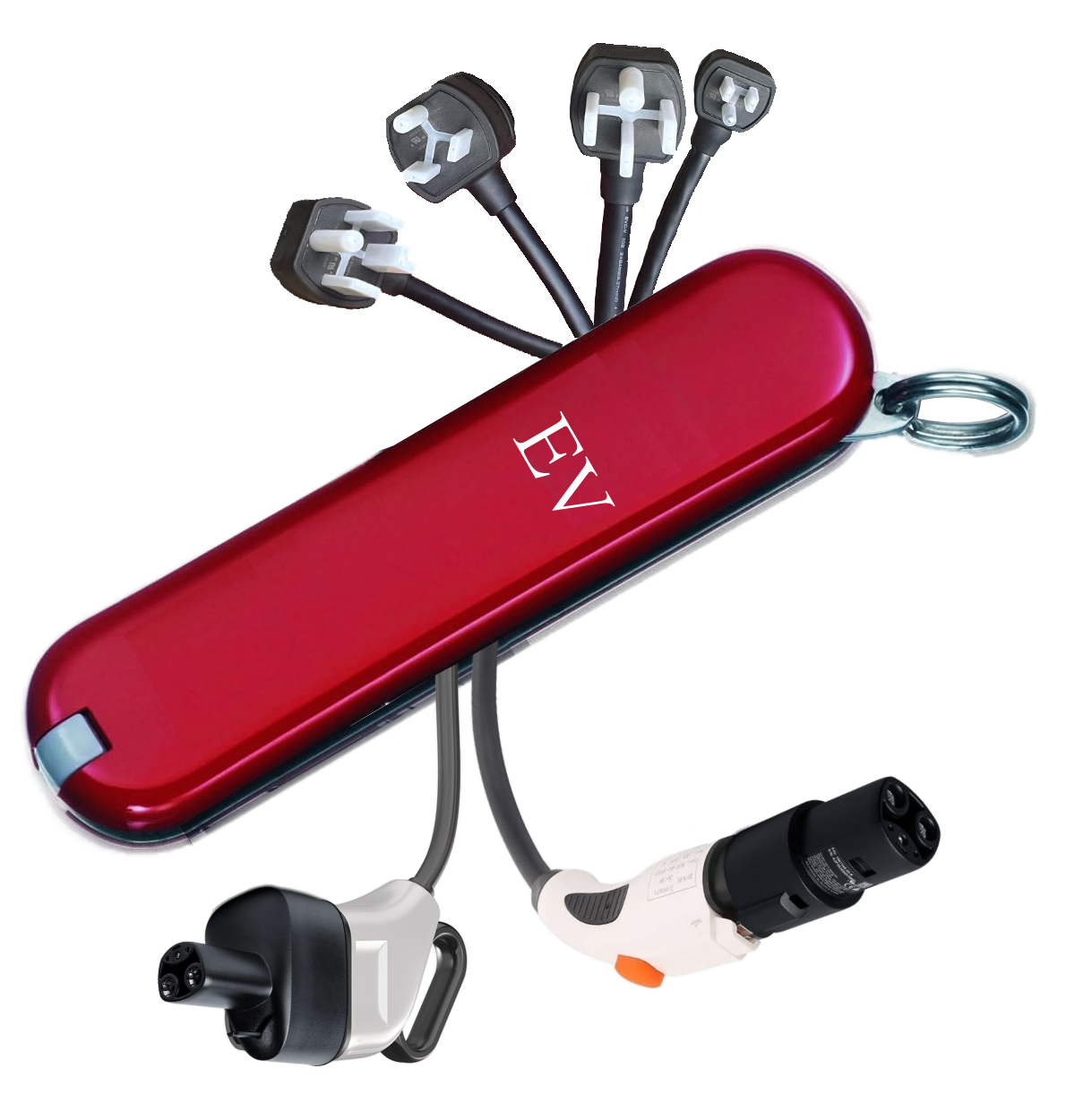The end of the CCS vs. NACS vs. CHAdeMO plug wars is almost upon us. That being said, there are still lots of chargers out there with these varied plugs, so it’s a good idea to have some adapters (and a portable charger) when going on long-distance road trips.
My Charger
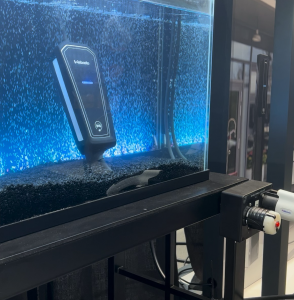
I chose the Webasto Go charger solely based on this display at Fully Charged Live in San Diego. It was submerged in an aquarium and running! I thought, “If it can do that, it can definitely stand up to rain, if I’m camping.” I found tons of these on eBay, at about half list price. These were new, still in shrink-wrap Level 2 EVSEs. The Webasto Go was used as original equipment in many EV brands. I bought two and have had no issues with using them every day as my home charger. Another bonus is that there are many plug adapters available, albeit difficult to find. I found the plugs at the Chevrolet parts website and picked them up at a local Chevy dealer.
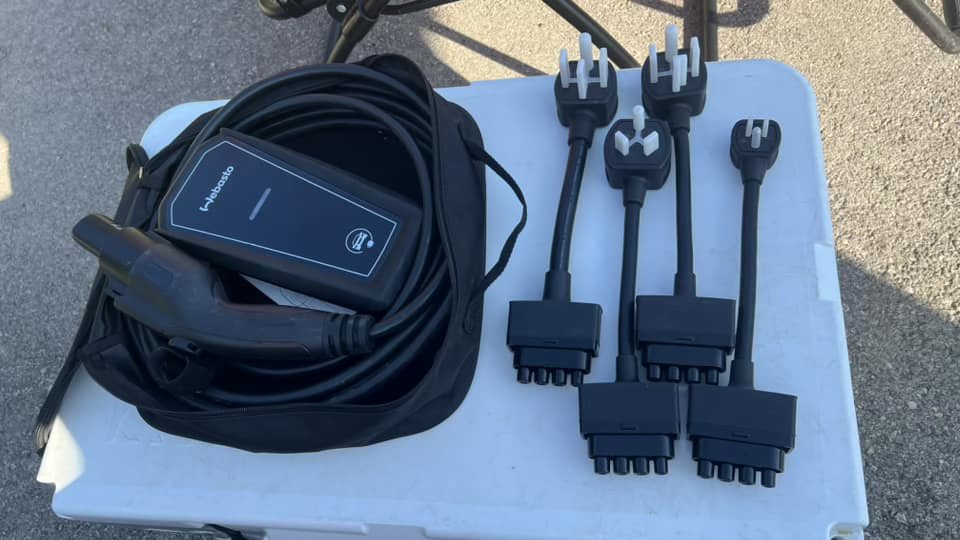
My Plugs
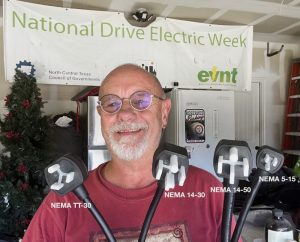
These plugs allow me to plug the Webasto Go into just about any outlet I am likely to come across: NEMA 14-50 (the 240V plug in my garage and also available at many campgrounds/RV parks), NEMA 14-30 and NEMA TT-30 (240V plug found at many campgrounds and trailer parks) and NEMA 5-15 (the 110V outlet for Level 1 charging, in case I’m really in a pinch…). The 14-30 and TT-30 were bought from the Chevrolet Parts website and were priced at $100 each, but I had Chevy Loyalty Points saved up that paid for them. Thank you, Chevrolet!
With these, I can plug my Level 2 EVSE into any outlet.
My Adapters
Of course, public Level 2 and DC fast chargers may require adapters, to connect the EV to the charger. Tesla provides a J-1172 adapter, free of charge, in case there are no Tesla “Destination Chargers” (Level 2) at my destination. Available on the Tesla website, is an adapter to connect a CCS-cabled DC fast charger to my NACS charging port. There are many other brands available on Amazon, but with high voltage energy transfer, why not go with the EV’s manufacturer? It was slightly more expensive, but I should never hear that my adapter damaged my EV. The Tesla CCS-1 adapter is very heave and appears to be very well built. I haven’t tested it yet, but will update this post when I do.
I even found a protective case on Amazon for both adapters. With these adapters, I can plug my EV into almost all the EVSEs in operation in North America today.
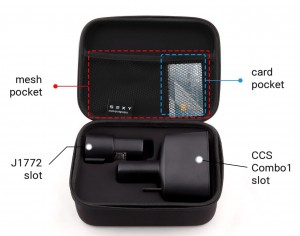
Carrying case 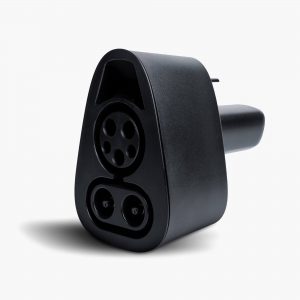
Tesla CCS-1 Adapter 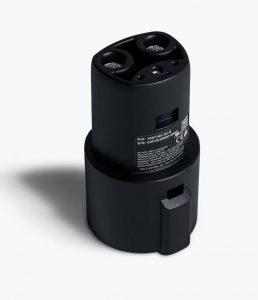
Tesla J-1772 Adapter
With the adoption of the NACS plug for DC fast charging by most OEMs, these adapters will probably become unnecessary, as chargers will get NACS plugs, if their plugs are damaged and replaced. However, that’s a few years away and I want to go on road trips today!

